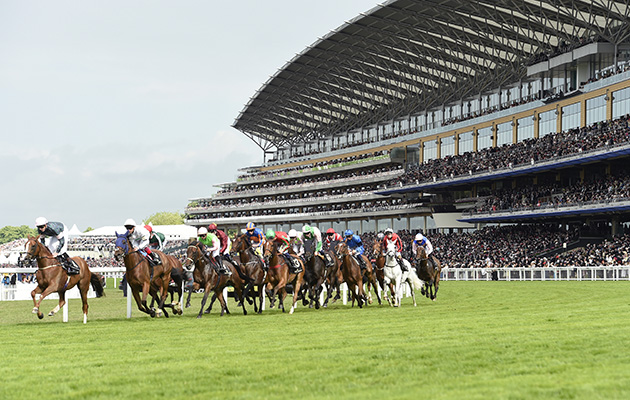The way the whorls turn on a horses’ head may be used as a non-invasive method to predict the turning response of horses concludes a new report published last week (9 March).
The pilot study tested for a link between facial hair whorl characteristics and behavioural responses to a fearful stimulus in horses.
American researchers Chelsey Shivley, Temple Grandin and Mark Deesing recorded the turning responses of 19 horses when an umbrella was opened suddenly.
“Hair whorl rotation showed a correlation with turning response,” they concluded in the report in the Journal of Equine Veterinary Science.
“The horses with clockwise hair whorls turning to the right and the horses with counterclockwise facial hair whorls turned to the left more than would be expected by chance.”
There were no significant correlations found between hair whorl lateral location or height and direction turned.
The evidence gathered suggested that facial hair whorls in horses were useful for predicting laterality in horses.
This new research confirms previous studies into whether facial whorls could help indicate whether a horse is left or right hoofed.
In 2008 vets Jack Murphy and Sean Arkins studied 219 horses to see if the forehead spirals indicated if they were left or right hoofed.
The results were published in a study in the veterinary journal Behavioural Processes.
Of the 104 who favoured their left hoof, 75% had anti-clockwise whorls, while of the 95 right-hoofed horses, 67% had clockwise whorls.
“Whorls are just a small part of the mix. It doesn’t mean a racehorse will definitely win on a left-handed track if it is left-hoofed, but it may have an advantage,” said Dr Murphy.




